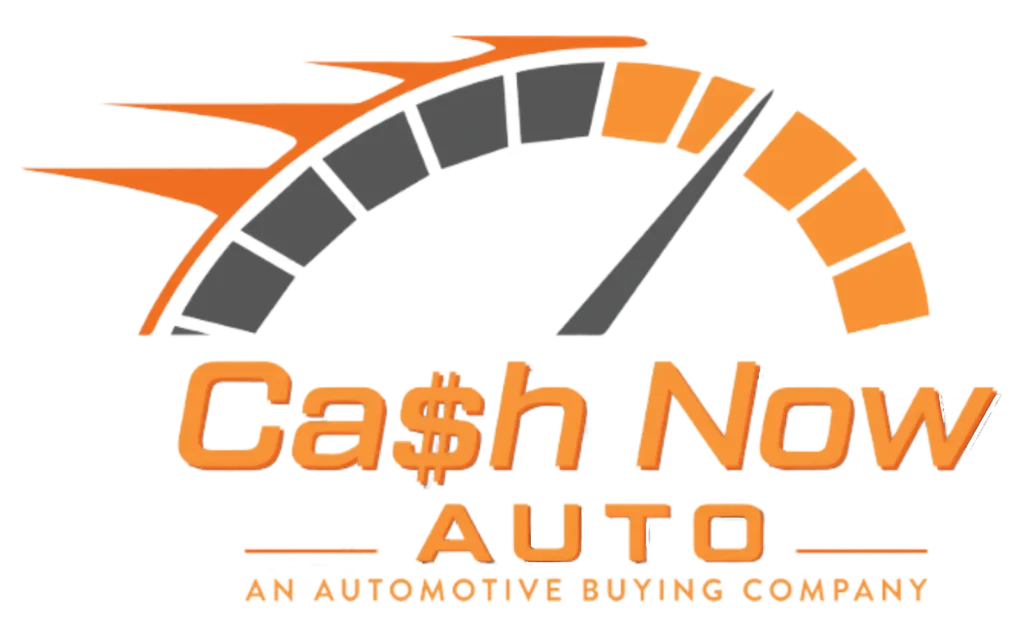
When it’s time to sell your used car in the USA, most owners face a crucial question: Should you sell it privately or trade it in at a dealership? Both options come with their unique advantages and drawbacks. The best choice depends on your priorities — whether you’re aiming for maximum profit, convenience, or speed.
In this guide, we’ll take a deep dive into private car sales vs. dealership trade-ins, explore their pros and cons, and help you make an informed decision about which method suits you best.
1. Understanding the Two Methods of Selling a Used Car
Before comparing, it’s essential to understand what each option means.
Private Sale
A private sale means you sell your vehicle directly to another individual rather than to a business. You set the price, advertise the car, handle inquiries, negotiate the deal, and complete the paperwork yourself.
Dealership Trade-In
A dealership trade-in is when you sell your old car to a car dealer, often as part of purchasing another vehicle. The dealer assesses your car’s value and offers a trade-in credit that can be used toward your next purchase.
Each option has its own process, benefits, and challenges, which we’ll explore next.
2. The Advantages of Selling Your Car Privately
Selling your car privately can be rewarding, especially if you’re looking to get the highest possible price. Here’s why many car owners prefer this method:
Higher Selling Price
Private buyers are often willing to pay more than dealerships because they don’t need to resell the car for profit. If your vehicle is in great condition, you could earn hundreds or even thousands more than a trade-in offer.
You Control the Process
In a private sale, you’re in charge of the price, negotiation, and terms. You can decide when and how to sell without dealership pressure.
No Middleman
There’s no commission or dealer margin cutting into your profit. Every dollar from the sale goes directly to you.
Opportunity to Negotiate Freely
You can negotiate directly with buyers and justify your asking price based on the vehicle’s maintenance history, added features, or market demand.
3. The Disadvantages of a Private Sale
While private sales can bring in more money, they also come with their challenges.
Time-Consuming Process
From taking photos and posting ads to meeting potential buyers and handling paperwork, selling privately takes a lot of time and effort.
Safety Concerns
You’ll need to meet strangers for test drives or inspections. This introduces potential safety and security risks.
Dealing with Unreliable Buyers
Some buyers might back out at the last minute or try to lowball your asking price. Managing these interactions can be stressful.
Paperwork Responsibility
All the documentation — from title transfer to bill of sale — is your responsibility. Errors can cause legal or registration issues later.
4. The Advantages of Trading in Your Car at a Dealership
If you’re looking for convenience and speed, trading in your car to a dealership might be the smarter route.
Quick and Easy Transaction
The entire trade-in process can be completed in a single day. You simply bring your car in, let the dealer inspect it, agree on the price, and apply it to your new purchase.
No Need to Advertise
Forget about taking photos, writing listings, or meeting buyers. The dealership handles everything, saving you valuable time.
Instant Payment or Credit
You’ll receive either instant cash or a credit toward your next vehicle, making it an efficient solution for upgrading cars.
Tax Benefits
In many states, you only pay sales tax on the price difference between your new car and the trade-in value. This can mean hundreds of dollars saved.
5. The Disadvantages of a Dealership Trade-In
Despite the convenience, trading in your car at a dealership often means settling for less money.
Lower Payout
Dealers need to make a profit when reselling your car, so they typically offer 10–20% less than the market value.
Limited Negotiation Power
Dealerships use market data and condition reports to justify their offer, leaving you with less room to negotiate.
Pressure to Buy
Some dealerships might use trade-in offers as leverage to get you to purchase another car, adding sales pressure.
Lack of Transparency
You might not always understand how the dealer calculated the offer, which can lead to uncertainty or dissatisfaction.
6. Comparing Private Sale vs. Trade-In: Key Differences
| Feature | Private Sale | Dealership Trade-In |
|---|---|---|
| Selling Price | Higher potential profit | Lower, dealer deducts profit margin |
| Convenience | Time-consuming | Extremely convenient |
| Payment Speed | Slower | Instant or same-day |
| Effort Required | High | Low |
| Paperwork Handling | Self-managed | Dealer handles most |
| Safety | Must meet buyers | Safe environment |
| Tax Savings | None | Possible sales tax deduction |
| Control Over Price | Full control | Limited control |
This table clearly shows that private sales offer more profit, while trade-ins offer more convenience. The right choice depends on your personal priorities.
7. When to Choose a Private Sale
A private sale makes sense if you:
- Don’t mind investing time in the process.
- Want to get the highest possible price for your vehicle.
- Have a car in excellent condition with good market demand.
- Are comfortable handling advertising, negotiation, and paperwork.
It’s especially ideal for popular models, low-mileage vehicles, and cars with aftermarket features that appeal to enthusiasts.
8. When to Choose a Dealership Trade-In
A trade-in might be better if you:
- Need to sell your car quickly.
- Are planning to buy another vehicle immediately.
- Prefer a hassle-free process without paperwork or marketing.
- Have a high-mileage or older car that might not attract private buyers.
Dealerships are also a safer option if you’re concerned about meeting strangers or managing fraud risks.
9. How to Maximize Profit from Either Option
Whether you go for a private sale or trade-in, a few smart steps can help you get the most out of your car.
a) Know Your Car’s Market Value
Use tools like Kelley Blue Book (KBB), Edmunds, or Carfax to check the fair market price before negotiating.
b) Clean and Detail the Car
A well-maintained vehicle creates a strong first impression. Wash, wax, and vacuum your car — and consider professional detailing.
c) Fix Minor Issues
Replace burnt-out bulbs, top up fluids, and repair small dents or scratches. These small fixes can raise your car’s value.
d) Gather All Documentation
Keep your service history, title, warranty papers, and spare keys ready. Transparency builds trust with buyers or dealers.
e) Be Smart with Negotiations
For private sales, always start slightly above your target price to allow negotiation room.
For trade-ins, get multiple offers from different dealerships before committing.
10. Which Option Is Better for You?
Here’s a quick summary:
- Choose a private sale if you want maximum profit and are willing to put in effort.
- Choose a dealership trade-in if you value convenience, safety, and speed over a few extra dollars.
If you’re unsure, consider getting quotes from both. Sometimes, the difference in value may not be worth the extra time and effort of a private sale.
Conclusion
Deciding between a private sale and a dealership trade-in ultimately depends on your goals, timeline, and comfort level.
If you’re after maximum profit and don’t mind some extra work, a private sale is your best bet. But if you prefer speed, simplicity, and security, a dealership trade-in might suit you better.
Whichever path you choose, take time to research, prepare your car, and compare offers. With the right approach, you can confidently sell your used car in the USA — and get the best value possible.
